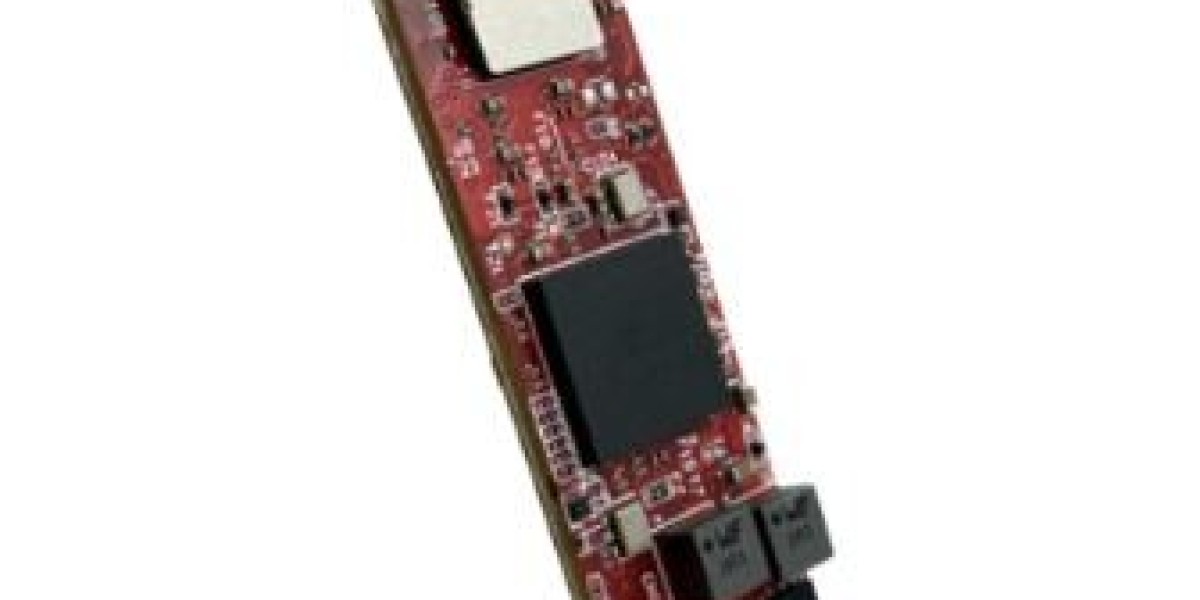8051 Microcontroller: A Concise Background
The lineage of microprocessors traces back to the pioneering work of Intel Corporation, notably with the invention of the 4004 microprocessor, followed by the 8085 and 8086 microprocessors. In 1981, Intel introduced the 8051 microcontroller, marking a significant advancement in embedded systems technology. Dubbed a "system on a chip," the 8051 boasted 128 bytes of RAM, 4K bytes of on-chip ROM, two timers, a serial port, and 4 ports (each 8-bit wide), all integrated onto a single chip.
The widespread adoption of the 8051 prompted Intel to license its architecture, allowing other manufacturers to produce compatible variants. This code compatibility ensured that programs written for one flavor of the 8051 could seamlessly run on others, irrespective of the manufacturer. Consequently, numerous versions with varying speeds and on-chip RAM capacities emerged, catering to diverse application requirements.
Variants of the 8051 Microcontroller
Among the notable members of the 8051 family is the 8052 microcontroller, which extends the standard features of the 8051 by incorporating an additional 128 bytes of RAM and an extra timer. Moreover, it boasts 8K bytes of on-chip program ROM, doubling the capacity compared to its predecessor.
Another noteworthy member is the 8031 microcontroller, often referred to as a "ROM-less 8051" due to its absence of on-chip ROM. To utilize the 8031, external ROM must be added, accommodating program storage of up to 64K bytes. However, this addition of external ROM sacrifices two of the four ports available in the original design. To mitigate this limitation, external I/O can be integrated with the 8031 microcontroller, offering expanded functionality.








